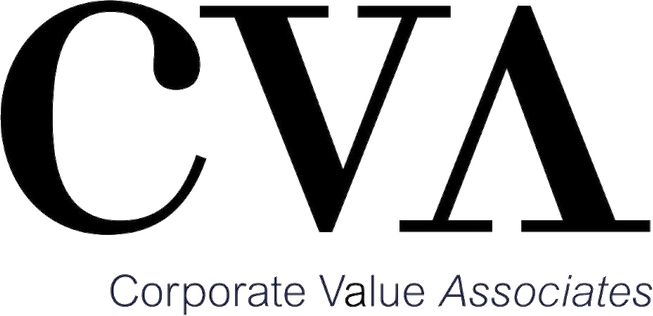Risk management in upstream businesses
The Fukushima disaster is an example at a much bigger scale which highlights the fragility of the supply chains of a lot of industries, and which shows that companies are usually not aware of the existence of upstream “neuralgic hearts”. The breaks in production (automotive, trains) which happened because one single component was missing are an obvious illustration of this statement.
Companies generally try to secure their procurement at Tier 1 supplier level, but they seldom watch more upstream. Nonetheless, there are often “critical points” at upper levels of the supply chain.
A good example is composite parts for the aerospace industry. They are built by mixing fibers and resins that are then transformed. When looking more upstream in the resin supply chain, it appears that epoxy synthesis is a market dominated by a player with 70% market share. Each resin is specific and cannot be replaced by another one; the “switching viscosity” is therefore very important in terms of time and money. A stop in the epoxy production would consequently have very bad impacts for a company far downstream buying composite parts. It would not be able to ensure its customers’ orders for months if not years, because of the time needed to develop and homologate a new material reference.
The Fukushima disaster is an example at a much bigger scale which highlights the fragility of the supply chains of a lot of industries, and which shows that companies are usually not aware of the existence of upstream “neuralgic hearts”. The stops of some productions (automotive, trains) which happened because one single component was missing are an obvious illustration of this statement.
Thus, the risk reduction policies consisting in a systematic “double sourcing” at Tier 1 supplier level can be a complete illusion. Canon had to stop its production because of the destruction of a Tier 2 supplier plant which was supplying its two Tier 1 suppliers of the same sub-system.
This Japanese earthquake has made some industries aware of their dependency to some “Tier N” suppliers and products. These dependencies can be to a site, a company or even an area or a country. For example, Japan produces 90% of the anisotropic conductive films used for LCD screen and 70% of printed board circuits. Direct customers were certainly aware of it, but not the ones at lower levels, more downstream in the value chain.
Today, the “supply chains” in a broad sense, i.e. which go beyond Tier 1 suppliers, and that we call “upstream value chain”, are more and more international. Thus, any problem in the world is more and more likely to have impact on them. And it is not only economic problems or risks (voluntary stop of a production, bankruptcies, under-capacities, monopolies) but also natural ones (earthquakes, tsunamis, hurricanes) or politic ones (wars, terrorism).
In this context, the role of the management is not to forecast everything, but to “equip” the company with the ability to anticipate and quickly react. For that sake, the notions of “awareness”, “watch”, and “insurance policy” are fundamental to answer the question: “what should we have known and done before in order to be able to react more quickly now”.
“Awareness” is identifying these “neuralgic hearts” or “critical points” of the different “upstream value chains”, not only at Tier 1 supplier level but also “higher” in the supply chain. In this process of looking more upstream in the “value chain”, one has to differentiate between “short range risks” (such as strikes in a company of the “upstream value chain”, missing inventories), which create relatively small disruptions, and “long range risks” (see economic, politic or natural risks mentioned above), which can have very serious consequences for the company (financial losses, strong reduction of market shares) and even make it go bankrupt.
“Watch” is installing indicators allowing anticipating the apparition of risks and problems and so to start a “B plan”.
“Insurance policy” is the whole set of action and reaction plans if a problem appears, which are all the more critical than the “switching viscosity” is high. These plans can be “reactive” (they are deployed when the problem appears) or proactive. In this latter case, solutions can go as far as acquisition of stakes of players at different levels of the “upstream value chain”, solutions which are usually not contemplated in the conventional approaches of the majority of companies.
CVA has thus developed a methodology and an approach called JIC © (Just-in-Case ©) allowing a company to secure its “upstream value chains”, by developing these three pillars: “awareness, watch and insurance policy”. The concept is quite simple, but the competitive advantage created could be very important. It is linked to the quantity of work and the time needed to deploy it, as well as the good involvement and coordination of the company different functions in this approach (procurement, production, R&D, strategy, finance).





